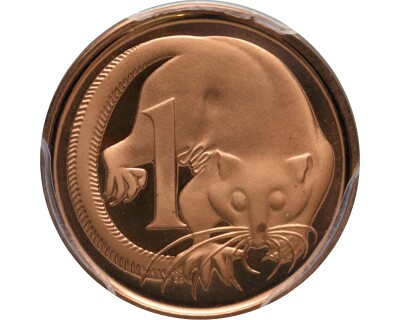Cleaning Coins
Reasons for cleaning
That being said, the notion that all cleaning is bad is not accurate either. It depends greatly on what cleaning work was done.
Removal of foreign material
If your coin has a piece of sticky tape on it and you remove it, is that considered cleaning? You are just removing foreign material without affecting the coin at all. This is perfectly acceptable, and this extends to any method that exclusively removes foreign material.
A common example of this is removing PVC residue using acetone. Acetone doesn't react with metals, but it dissolves PVC, so this doesn't affect the coin. If, however, you wipe the acetone from the coin or wash it off under pressured water, you will damage the top layer of the coin and is therefore considered cleaning.
Similarly, many other methods used to remove foreign material from the coin such as olive oil or wiping/brushing the coin will certainly damage the too by chemically removing the top layer of the surface. Removing foreign substances is only acceptable if it doesn't affect the surface of the coin.
Removal of toning
This is a debated area in which proponents of dipping claim that as a toned surface is chemically altered with foreign substances (even if naturally affected) and therefore foreign making it acceptable to remove.
While it is true that toning is chemically altered surfaces, the surfaces are still made up of the original metal of the coin, so we consider this type of cleaning unacceptable as it is stripping away the top layer of the coin.
It is not always possible to detect as chemical dips strip a very thin layer away from the coin evenly. This contrasts with mechanical cleaning which, even if done very finely, affects the exposed surfaces more leading to the classic lustre in legends but not in the fields look.
Conservation
Conservation involves the removal of foreign material that is likely to cause further damage such as corrosive substances. This is a type of cleaning if it damages the coin but is often done as the damage done by leaving the substance on the coin is worse than the one-off damage done by cleaning. Such a coin, if damaged, would be considered cleaned making the coin less desirable but the practice itself is accepted among collectors.

Notice how there is cartwheel lustre in the legends, noticeable around DEI, the date, RA of GRATIA, and CT of VICTORIA. This is because the surfaces within the legend are protected so mechanical cleaning disproportionately affects the exposed fields more.









